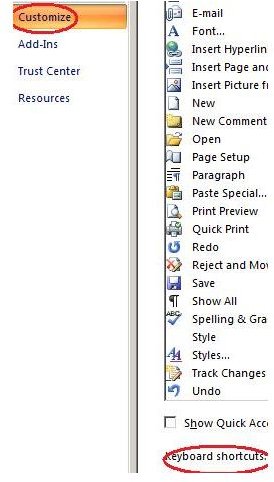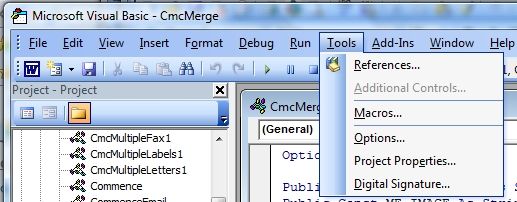

In the AnalysisResults spreadsheet, results are presented one per row in the POOLING spreadsheet, they must be presented two per row. The COLUMN of interest may be any column between D and Z: it will contain the words "Obs Conc" in the row ABOVE the rows of interest. In all cases, the first row of interest can be identified in the same manner (it is the first occurrence of "X1" in Column B, that is followed by "X1" in the very next row of the same column, see video) These labels identify the rows that are of interest.

There may be one or more worksheets in the spreadsheet: they must all be processed one at a time, while prompting the user to confirm selected ranges (to and from) before proceeding with the import.Īll of the AnalysisResults spreadsheets contain the following labels in consecutive rows, somewhere in column B: X1,X1,X2,X2,X3,X3, (.) X36,x36. The AnalysisResults Spreadsheets contain results of one analysis per worksheet, for one set of 36 Test Subjects with consecutive numbers, in numerical order. The identifiers start at 1 and end at 1698.Ī sample POOLING spreadsheet is provided.

The POOLING spreadsheet also includes all of the Test Subjects Identifiers, in Column A. Each Analysis Type occupies 6 columns, although only three of these will be populated with the AnalyteImportTool. The POOLING spreadsheet has columns for all of the Analyses types: CRP (48), VCAM, ICAM, Hu MCP-1, Hu MIP-1b (18), MMP-1 (1), MMP-2 (3), MMP-7 (7), MMP-9 (27), MMP-10 (29). we are uploading a movie to orient you, but refer to the other documents for application details.


 0 kommentar(er)
0 kommentar(er)
